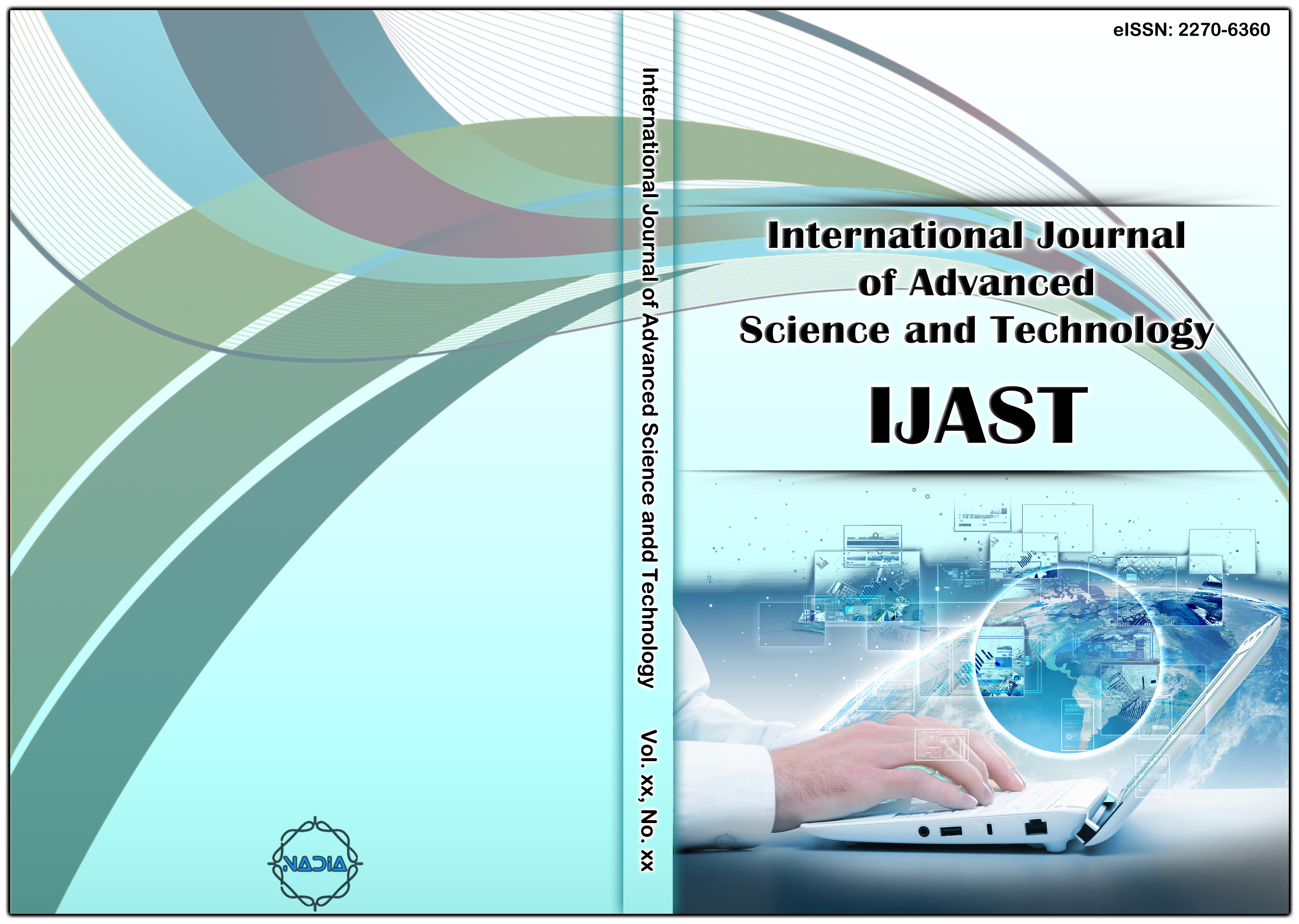[1] M. Minsky, “Neural Nets and Theories of Memory,” 1963.
[2] G. E. Hinton, S. Osindero, and Y.-W. Teh, “A fast learning algorithm for deep belief nets,” Neural computation, vol. 18, no. 7, pp. 1527–1554, 2006.
[3] Y. LeCun, L. Bottou, Y. Bengio, and P. Haffner, “Gradient-based learning applied to document recognition,” Proceedings of the IEEE, vol. 86, no. 11, pp. 2278–2324, 1998.
[4] A. Krizhevsky, I. Sutskever, and G. E. Hinton, “Imagenet classification with deep convolutional neural networks,” in Advances in neural information processing systems, 2012, pp. 1097–1105.
[5] I. J. Goodfellow, D. Warde-Farley, M. Mirza, A. Courville, and Y. Bengio, “Maxout networks,” arXiv preprint arXiv:1302.4389, 2013.
[6] N. Srivastava, G. Hinton, A. Krizhevsky, I. Sutskever, and R. Salakhutdinov, “Dropout: A simple way to prevent neural networks from overfitting,” The Journal of Machine Learning Research, vol. 15, no. 1, pp. 1929–1958, 2014.
[7] S.-C. Lo, S.-L. Lou, J.-S. Lin, M. T. Freedman, M. V. Chien, and S. K. Mun, “Artificial convolution neural network techniques and applications for lung nodule detection,” IEEE Transactions on Medical Imaging, vol. 14, no. 4, pp. 711–718, 1995.
[8] B. Sahiner et al., “Classification of mass and normal breast tissue: a convolution neural network classifier with spatial domain and texture images,” IEEE transactions on Medical Imaging, vol. 15, no. 5, pp. 598–610, 1996.
[9] J. Kleesiek et al., “Deep MRI brain extraction: a 3D convolutional neural network for skull stripping,” NeuroImage, vol. 129, pp. 460–469, 2016.
[10] Q. Dou et al., “Automatic detection of cerebral microbleeds from MR images via 3D convolutional neural networks,” IEEE transactions on medical imaging, vol. 35, no. 5, pp. 1182–1195, 2016.
[11] H. R. Roth et al., “A new 2.5 D representation for lymph node detection using random sets of deep convolutional neural network observations,” in International Conference on Medical Image Computing and Computer-Assisted Intervention, 2014, pp. 520–527.
[12] K. Sirinukunwattana, S. E. A. Raza, Y.-W. Tsang, D. R. Snead, I. A. Cree, and N. M. Rajpoot, “Locality sensitive deep learning for detection and classification of nuclei in routine colon cancer histology images,” IEEE transactions on medical imaging, vol. 35, no. 5, pp. 1196–1206, 2016.
[13] M. Anthimopoulos, S. Christodoulidis, L. Ebner, A. Christe, and S. Mougiakakou, “Lung pattern classification for interstitial lung diseases using a deep convolutional neural network,” IEEE transactions on medical imaging, vol. 35, no. 5, pp. 1207–1216, 2016.
[14] S. Albarqouni, C. Baur, F. Achilles, V. Belagiannis, S. Demirci, and N. Navab, “Aggnet: deep learning from crowds for mitosis detection in breast cancer histology images,” IEEE transactions on medical imaging, vol. 35, no. 5, pp. 1313–1321, 2016.
[15] T. Brosch, L. Y. Tang, Y. Yoo, D. K. Li, A. Traboulsee, and R. Tam, “Deep 3D convolutional encoder networks with shortcuts for multiscale feature integration applied to multiple sclerosis lesion segmentation,” IEEE transactions on medical imaging, vol. 35, no. 5, pp. 1229–1239, 2016.
[16] S. Pereira, A. Pinto, V. Alves, and C. A. Silva, “Brain tumor segmentation using convolutional neural networks in MRI images,” IEEE transactions on medical imaging, vol. 35, no. 5, pp. 1240–1251, 2016.
[17] K. Kamnitsas et al., “Efficient multi-scale 3D CNN with fully connected CRF for accurate brain lesion segmentation,” Medical image analysis, vol. 36, pp. 61–78, 2017.
[18] M. Havaei et al., “Brain tumor segmentation with deep neural networks,” Medical image analysis, vol. 35, pp. 18–31, 2017.
[19] P. Moeskops, M. A. Viergever, A. M. Mendrik, L. S. de Vries, M. J. Benders, and I. Išgum, “Automatic segmentation of MR brain images with a convolutional neural network,” IEEE transactions on medical imaging, vol. 35, no. 5, pp. 1252–1261, 2016.
[20] W. Zhang et al., “Deep convolutional neural networks for multi-modality isointense infant brain image segmentation,” NeuroImage, vol. 108, pp. 214–224, 2015.
[21] H. Chen, Q. Dou, L. Yu, J. Qin, and P.-A. Heng, “VoxResNet: Deep voxelwise residual networks for brain segmentation from 3D MR images,” NeuroImage, 2017.
[22] J. Dolz, C. Desrosiers, and I. B. Ayed, “3D fully convolutional networks for subcortical segmentation in MRI: A large-scale study,” NeuroImage, 2017.
[23] C. Wachinger, M. Reuter, and T. Klein, “DeepNAT: Deep convolutional neural network for segmenting neuroanatomy,” NeuroImage, 2017.
[24] J. Cheng, brain tumor dataset. figshare, 2017.
